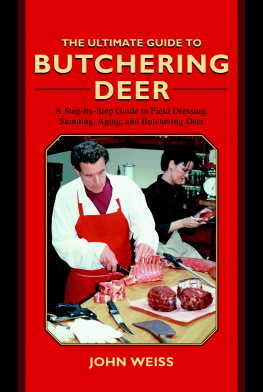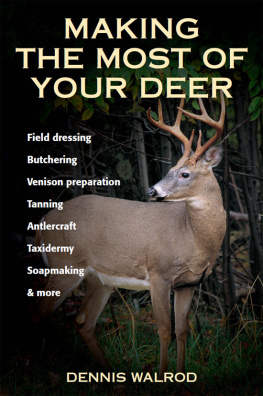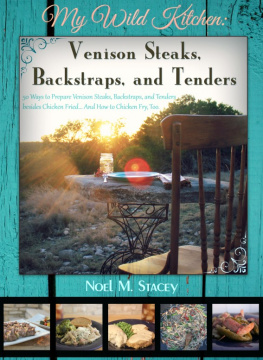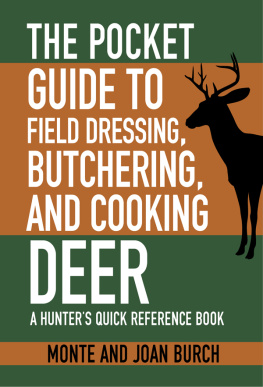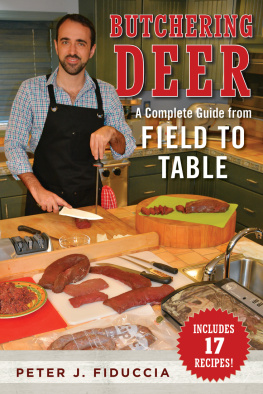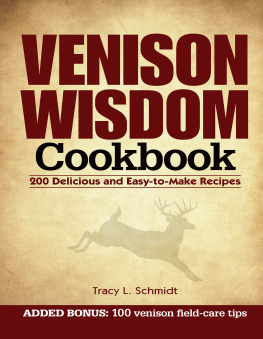


First Skyhorse Edition 2020
First published in the United Kingdom as Venisonthe Game Larder by Merlin Unwin Books Limited.
Text 2015 Jose Souto
Photographs 2015 Steve Lee (unless otherwise noted)
Introduction 2020 Kate Fiduccia
All rights reserved. No part of this book may be reproduced in any manner without the express written consent of the publisher, except in the case of brief excerpts in critical reviews or articles. All inquiries should be addressed to Skyhorse Publishing, 307 West 36th Street, 11th Floor, New York, NY 10018.
Skyhorse Publishing books may be purchased in bulk at special discounts for sales promotion, corporate gifts, fund-raising, or educational purposes. Special editions can also be created to specifications. For details, contact the Special Sales Department, Skyhorse Publishing, 307 West 36th Street, 11th Floor, New York, NY 10018 or .
Skyhorse and Skyhorse Publishing are registered trademarks of Skyhorse Publishing, Inc., a Delaware corporation.
Visit our website at www.skyhorsepublishing.com.
10 9 8 7 6 5 4 3 2 1
Library of Congress Cataloging-in-Publication Data is available on file.
Cover design by Mona Lin
Cover photo credit: Steve Lee
Print ISBN: 978-1-5107-6261-9
Ebook ISBN: 978-1-5107-6346-3
Printed in China
CONTENTS
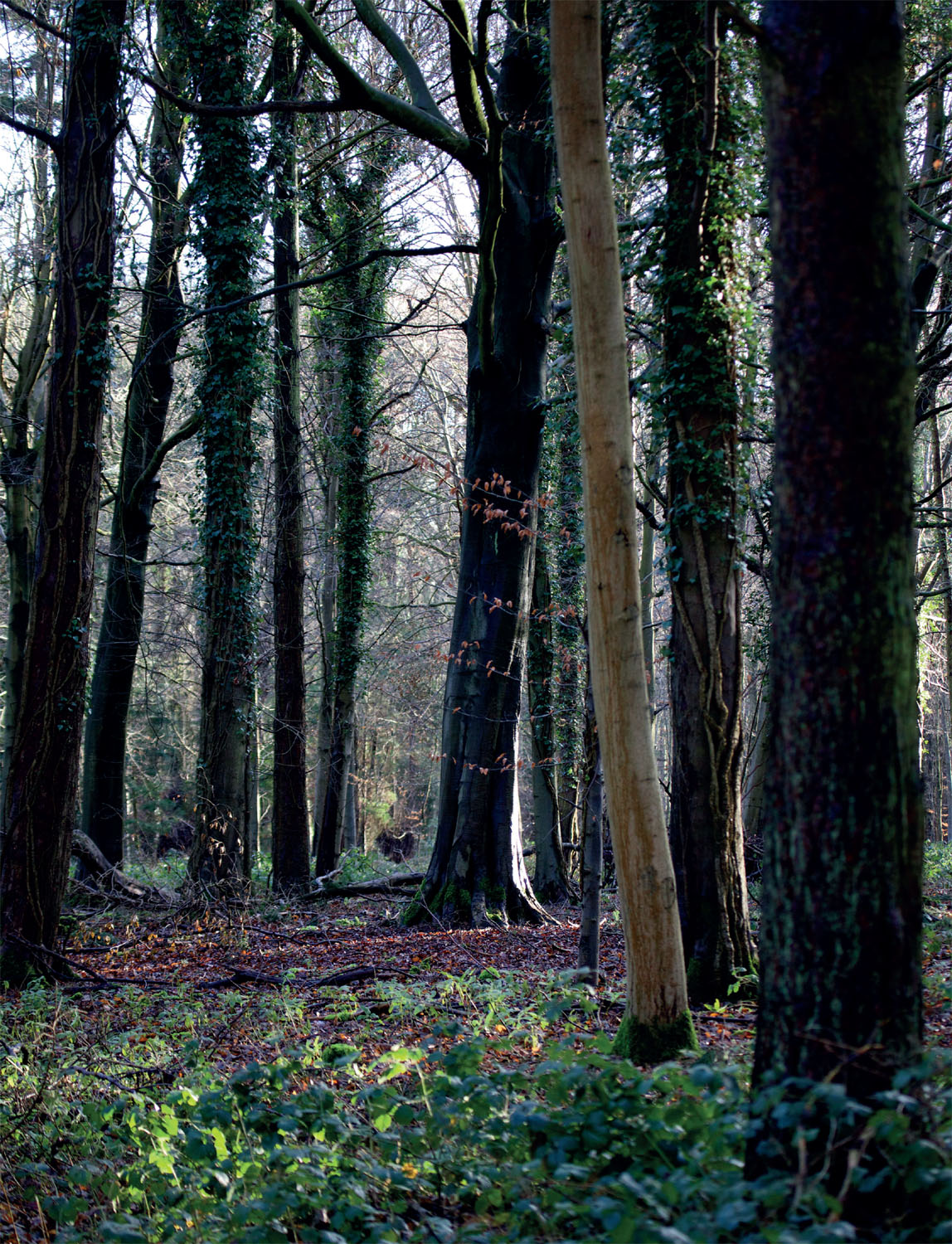
INTRODUCTION
My love for preparing Mother Natures natural grass-fed meatvenisonhas spanned nearly four decades. During this time, I have hunted several of the species of deer throughout North America and have appreciatively prepared the bounty for many savory meals. Fortunately for todays venison lover, there are more ways to obtain this delicate treasure of the woods and learn how to prepare delicious domestically traditional and internationally acclaimed venison recipes.
Whether preparing a smaller species of deer, such as sika deer, or larger species such as elk, the composition of venison is similar and field care should be the same. The venison will taste best if the animal is shot while it is relaxed, and the carcass is field-dressed immediately after the animal is down. Subsequently, the carcass should then be rinsed free of any blood and debris and cooled down to minimize any bacterial growth. Keeping these simple, yet vital, steps as a must-do part of your hunting rules will vastly improve the taste of the meat.
Venison is a lean, red meat that most often is cooked low and slow or, for whole cuts, only to medium-rare. The sections of the animal that do the most work and have the most connective tissue, such as the neck and forelegs, should be slow-cooked, braised, marinated, or pressure cooked. These methods will break down the sinew, connective tissue and other tough muscle proteins. Other cuts like the loins, saddle, and hind legs or haunch, when they are not roasted, can be cooked to a medium-rare state. Keep in mind, if the recipe does not include any marinade prior to cooking, and it involves a high-heat method (such as grilling, searing, or pan frying), the venison will need to reach only a medium-rare state to maintain its flavor and texture.
Venison is a showcase for Chef Jose L. Soutos passion for deer, butchering, preparing venison, and his love to share his sage knowledge through his very popular game seminars as Chef Lecturer in Culinary Arts at Westminster Kingsway College in England. With six species of deer in the UK (red deer, roe deer, fallow deer, sika deer, Chinese water deer, and Reeves muntjac) and virtually no natural predators, venison is abundant throughout the countryside. Fittingly, venison is a popular item in butchers shops and is a common menu item in restaurants. Many of the finer restaurants in the UK differentiate between the species of deer and their provenance. Venison shares excellent on-point butchering instructions with clear, identifiable signs noting the various cuts that are typical to British venison preparation. Chef Souto is a master of his craft and leaves no stone unturned when showing step-by-step images of proper butchering techniques. The venison recipe photography and food styling by world-renowned expert Steve Lee is inspirational.
For more than twenty years I have been giving wild game cooking demos. If there is one common thread among the people I have met, it is that each one is always looking for new ways to prepare this delicious meat. For those of you who share this interest, what you are about to read will surely pique your curiosity. In addition to his own mouthwatering recipes, Chef Souto includes recipes from professional chefs, many of whom are hunters, as well as recipes from former students who have gone on to share the passion of and their respect for the preparation of venison. From Chef Jose Soutos Herb-Rolled Venison Loin with Chanterelle Mushrooms to celebrity chef Jun Tanakas Venison Haunch cooked in a Spiced Salt Crust to Executive Chef Tom Egertons Venison Scotch Eggs with Pickled Cucumber and Port-Poached Redcurrants, it will be hard to select which recipe to start with. If you love venison or are just beginning to venture with this all-natural game meat, you will enjoy the simple and delicious recipes shared by chefs whose respect for deer, the mastery of butchery and venisons provenance are unmatched.
Kate Fiduccia, author of The Wild Game Cookbook, The Jerky Bible, Cabin Cooking, and The Venison Cookbook.
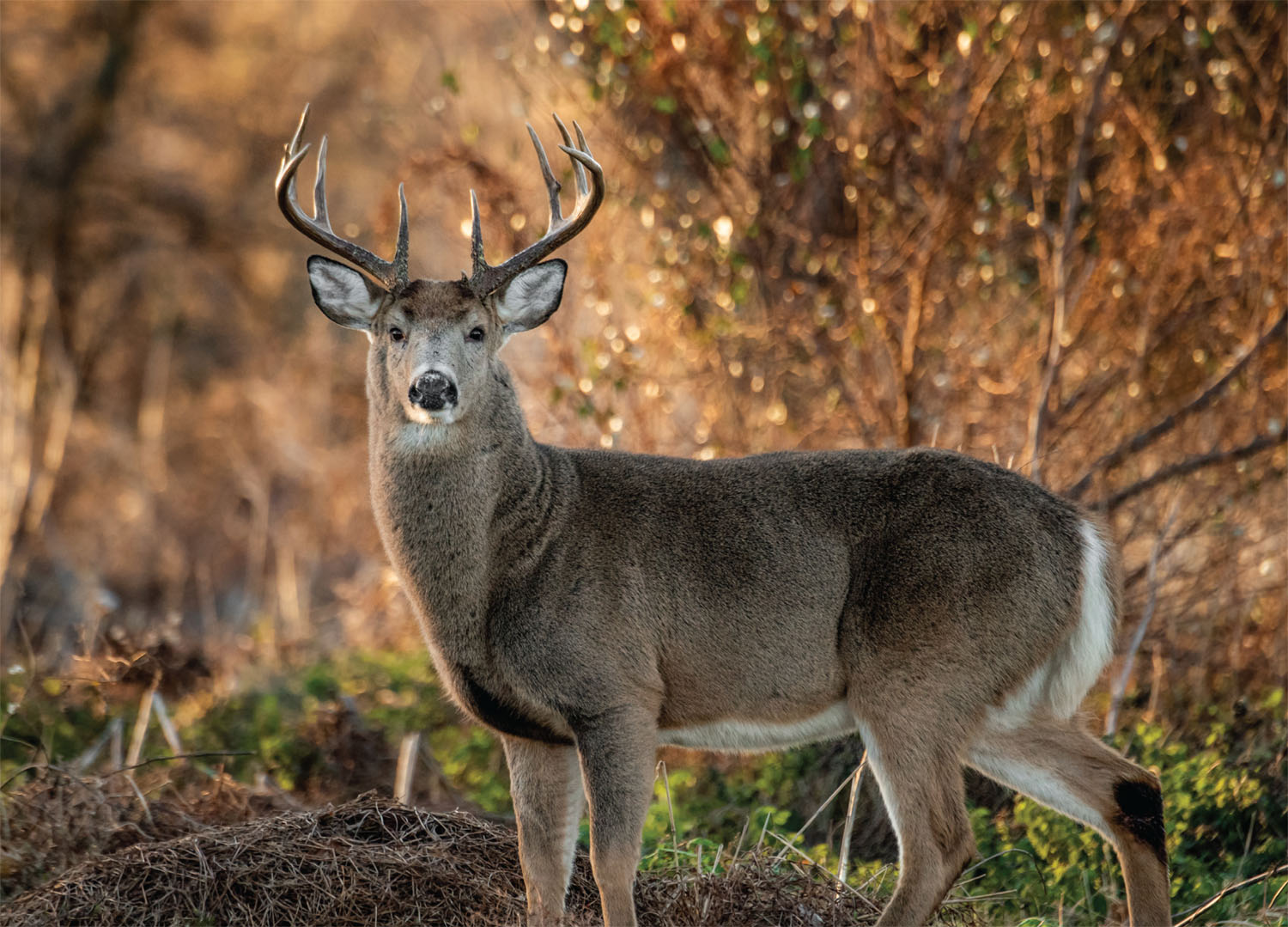
White-tailed deer buck. Photo Credit: Getty Images
THE DEER SPECIES OF NORTH AMERICA
White-tailed deer ( Odocoileus virginianus )
White-tailed deer (aka whitetail, Virginia deer) is a medium-sized deer that is native to North America, Central America, and South America all the way to Peru and Bolivia. It is even found in New Zealand, Cuba, Jamaica, Hispaniola, the Bahamas, the Lesser Antilles, and several European countries including Germany, the Czech Republic, Finland, Romania, France, and Serbia. In the Americas, the whitetail is the most widely distributed deer. Worldwide there are thirty-eight recognized subspecies of white-tailed deer.
Rut
The whitetails breeding season begins when female deer (does) become fertile and receptive to amorous bucks. Across North America the genesis of the rut occurs in relationship with dates within the nine latitude zones (aka parallels) of Canada, the United States, and Mexico. Within each latitude, the rut takes place, whether it is cold or hot, with surprising regularity. The internal trigger of the rut is through the preorbital gland, located in the corner of each eye. It senses cycles of waning light levels, or photoperiods, that begin in autumn. As light decreases, more testosterone and other secretions are released and trigger a bucks brain to recognize the start of the breeding season.
Size and Weight
On average, a white-tailed deer is about two and a half to three and a half feet at the shoulder. The size of whitetails, however, can vary widely depending on where they live in North America. Generally, an adult male whitetail deer weighs 150 to 300 pounds. Some bucks, though, have been documented at live weights more than 400 pounds. Does averagely weigh between 90 to 200 pounds. Larger deer tend to inhabit more northerly climates, while smaller deer tend to live in warmer, more southern climates.
Next page

